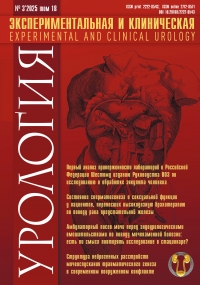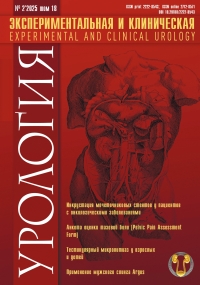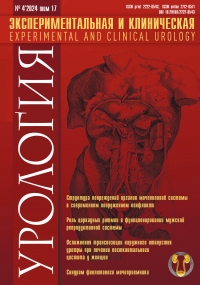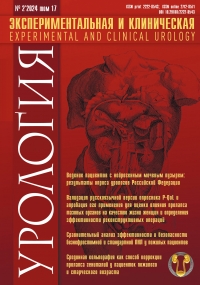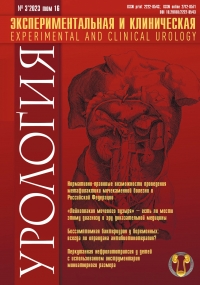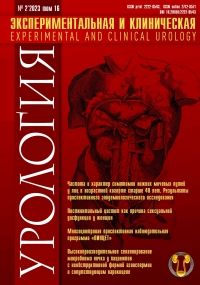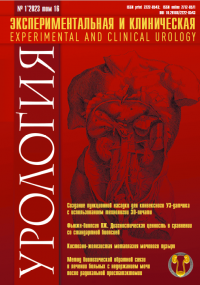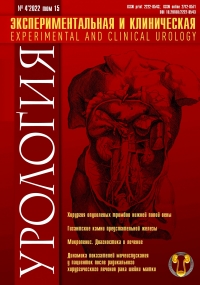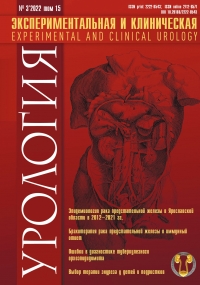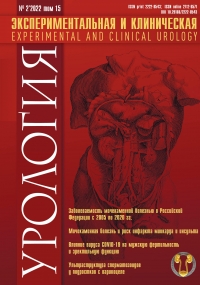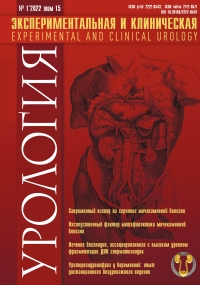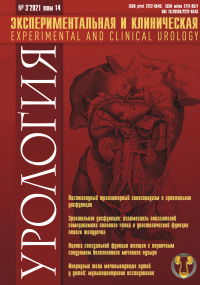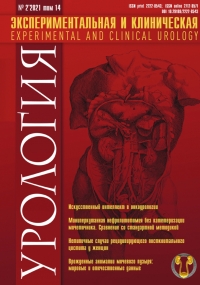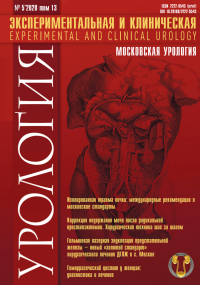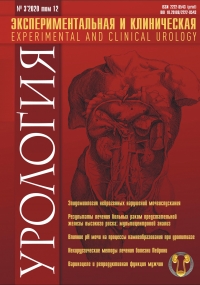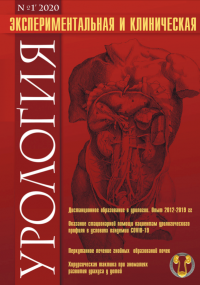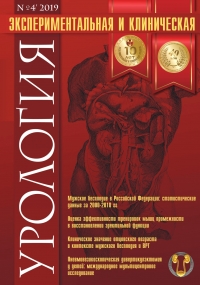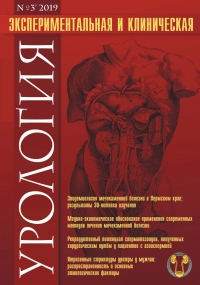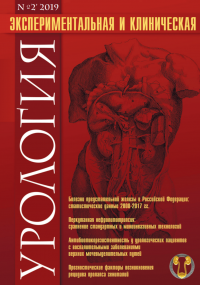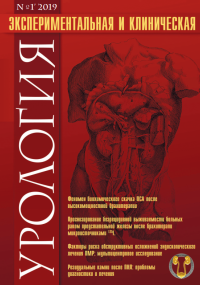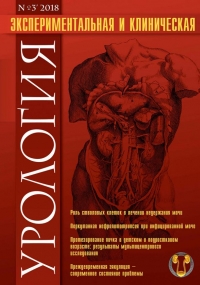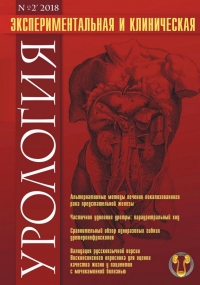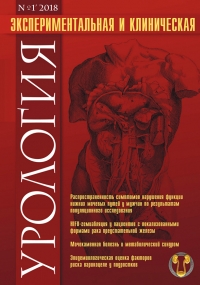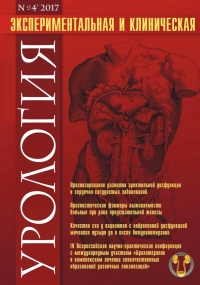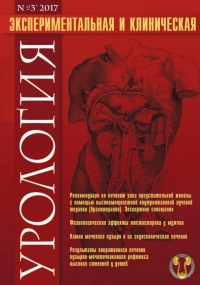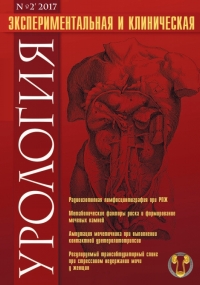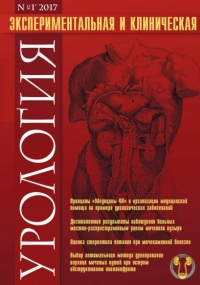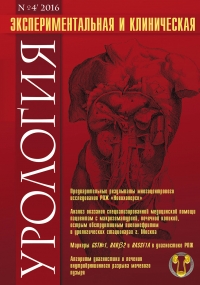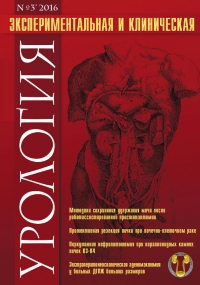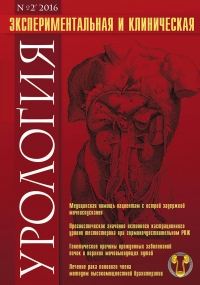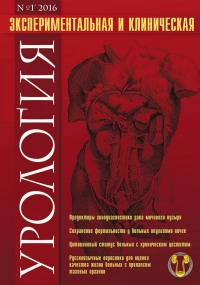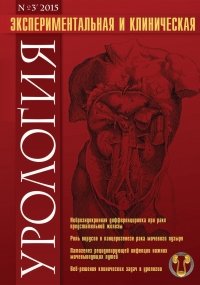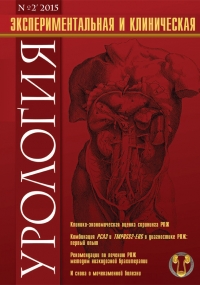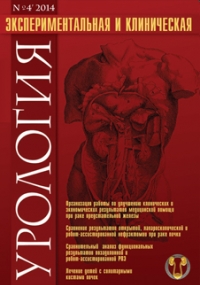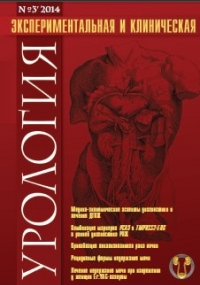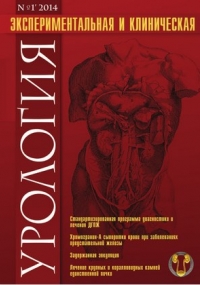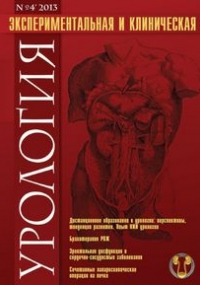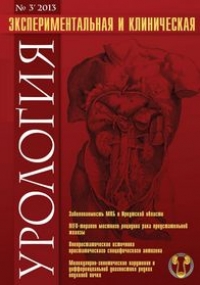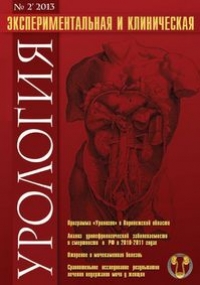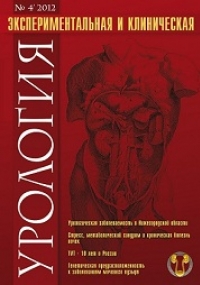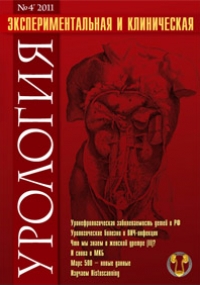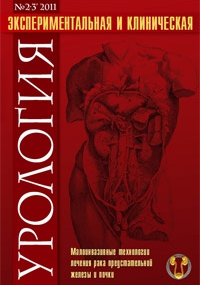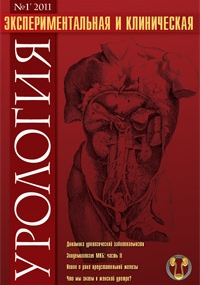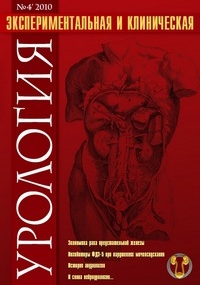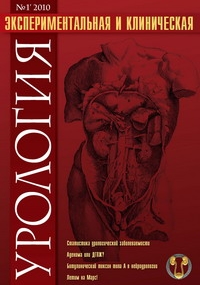Distribution of the upper urinary tract stones by their complexity from the position of application of endoscopic technique of treatment
 3872
3872 Objective. A rational division of the upper urinary tract stones by their complexity from position of endoscopic surgery. Materials & methods. We retrospectively reviewed medical records of 1027 patients, with stones located in upper urinary tract (597 males – 58.1% and 430 females – 41.9%), with mean age 38,9 ± 15,6 (from 4 to 84) years. The age of 46 (4,5%) patients ranged from 4 to 15 years. The mean stone size was 30,3 ± 0,6 (3 to 150) mm. All endoscopic interventions were performed by three experienced surgeons. Regardless of the type of access (percutaneous, transurethral), procedures were performed using pneumatic lithotripter, which made it possible to objectively evaluate the effectiveness of treatment in the different groups. Results. Patients with a single stone, localized in the calyx or in the renal pelvis or ureter were 446; with multiple stones, which are localized in the calyx and/or pelvis, and/or ureter – 384; with staghorn stone or combination of a staghorn stone with single or multiple stones – 197. Comparative analysis conducted between groups, based on the size of stones, the duration of the endoscopic intervention, intraoperative blood loss, «stone-free» rate after single procedure, demonstrated significant difference between all groups. Conclusion. e division of patients into groups with simple and complex stones, from position of endoscopic treatment, enables randomization of patients, facilities for statistical data processing, objective evaluation of the treatment efficacy, as well allows development of a clear, objective prognostic preoperative protocols and “written consents” of subsequent procedures for patients.
| Attachment | Size |
|---|---|
| 98-102.pdf | 190.47 KB |


